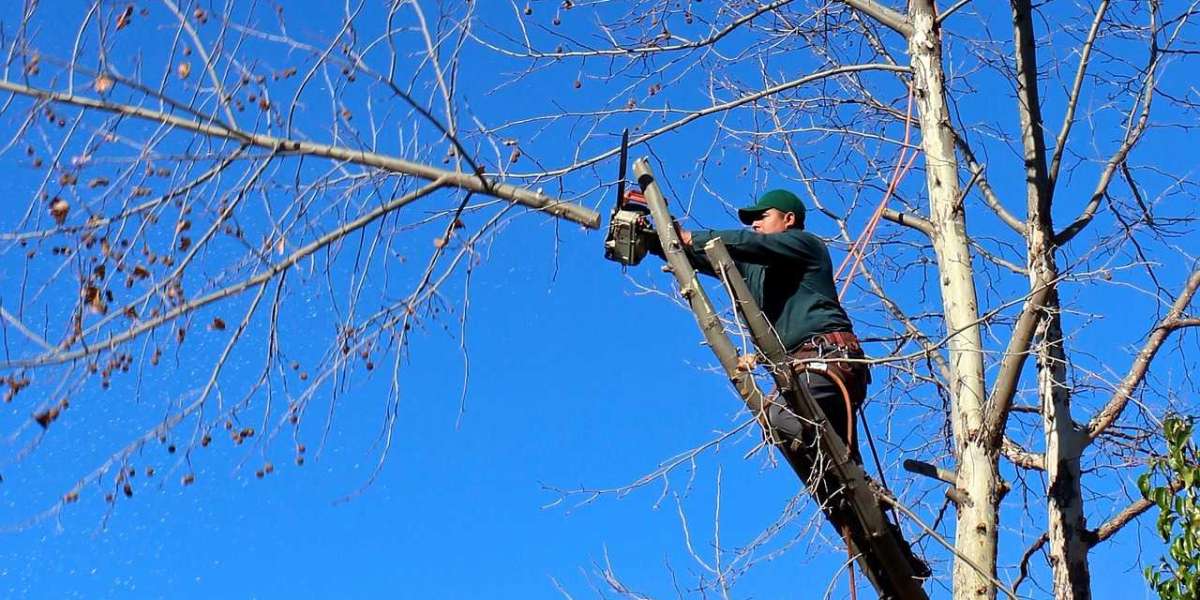Trees can give various benefits to humans and other living things. However, sometimes, they can be as harmful as other risks around us. If you recently own a property or planning to have a construction, one of the things you should do is to let arborists evaluate whether the trees are hazard-free or not.
Evaluating trees is a complex process that may last for a while, even if experts are doing it. So, it’s best to hire an arborist to do it since they have enough knowledge, skills, and experience.
Risk assessment in trees is essential to identify potential hazards, whether it’s for the sake of the employees and construction workers, or the owner of the property. In addition, the risk of falling branches can not only hurt people but can also damage other properties.
In this article, we’ll discuss the steps on how arborists assess potential tree hazards.
1: Visual overview
It’s hard to evaluate a tree if it’s not through visual inspection. However, the first glance isn’t also enough to tell whether a tree is hazardous or not.
During the visual inspection, arborists look closely and look for signs of decay and damage. Aside from a close examination, they also look at patterns that might signs that the tree is becoming weak. And if it does, they can easily tell that it’s a potential hazard, which may lead to tree removal. However, it still depends on further inspection, and maybe it just needs to be relocated.
2: Crown inspection
The visual inspection also includes the observation of the crown, which is composed of the branches and leaves. Since branches are the primary concern when it comes to the possibility of falling, it’s important to look for weak or dead ones to prevent them from causing accidents.
Even if a branch isn’t weak yet, and the arborist notices some torn or split, it should be removed right away. In addition, they also observe if the crown is too heavy for the trunk that it needs to be pruned. In some cases, it can be too late that the trunk looks like splitting in half for carrying the heavy crown for too long.
3: Observation of the root system
Aside from the crown, there’s also the root system. The root system is the most complicated of all tree parts since it’s where the nutrients are absorbed. Most of the time, a tree can be categorised as hazardous if the root system is decaying or the soil is too compacted.
If the root system looks great, but the soil is compacted, they need to loosen it up a bit. However, while doing so, they also need to consider whether the tree can hold on or will erode.
Usually, during construction projects, creating a Tree Protection Zones (TPZs) is recommended. It’s a barrier around the tree so that whatever they’re doing on-site won’t affect the tree and its root system.
4: Assessment of wood strength
Another essential step in identifying potential tree hazards is the testing of wood strength, Arborists use various methods when doing this step, but they are all commonly effective. Some of the tests done include micro-resistance drills, measuring of diameter and branches angles, and resistograph.
The common thing about the aforementioned tests is that they are used to identify if the trunk is starting to decay or not. If yes, they can also tell the level or percentage of the tree that’s already decaying.
Once they know the decaying level of the tree, they proceed to identify whether it can still survive in its current location. If not, they may opt for tree removal or relocation.
5: Identification of pests and diseases
Another important thing when evaluating a tree is if there are pests and diseases. If it does have, the arborist will identify the specific kind of pest or disease it has. Once identified, they proceed with knowing whether it can still be saved or not. If yes, they apply the necessary steps to get rid of the pests or diseases. Unfortunately, if the infestation is too much, they might just remove the tree to avoid damaging other nearby plants and trees.
6: Consideration of environmental factors
What’s the current situation in the location of the tree? Can it receive enough sunlight and water? Since there’s going to be a construction project, will it be able to survive even after the work is done?
Aside from these questions, arborists also consider the factors that may contribute to developing the hazards. If the wind is usually too strong, and the tree is not that strong to hold on, it may affect the overall assessment.
Final Thoughts
Evaluating potential hazards in trees is essential, especially if there’s a plan to build a house nearby. When doing the evaluation, hiring professionals, specifically arborists should be done to come up with the most accurate assessment.








